I know this question has been asked many a times and all the time there is an answer which says about using an executable jar or making an .exe using launch4j or similar app.
I may sound like a novice, which I actually am.
I have been trying a few things with a Java project. I have successfully made an executable jar and also an .exe file from it. All thanks to your previous answers in SO :)
But, I want to create a installer for Windows. Like, pressing Next for 2 - 3 times(which shows all the terms and conditions etc), then a user specify a location(like C:\Program Files\New Folder\My App), then my .exe, lib folder, img folder, other important folders get pasted in the destination folder along with the .exe file and then a shortcut is created on a desktop.
Any pointers to how can I achieve this ?

